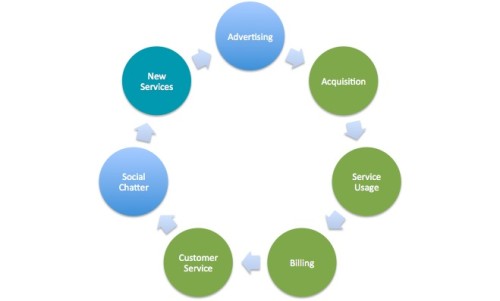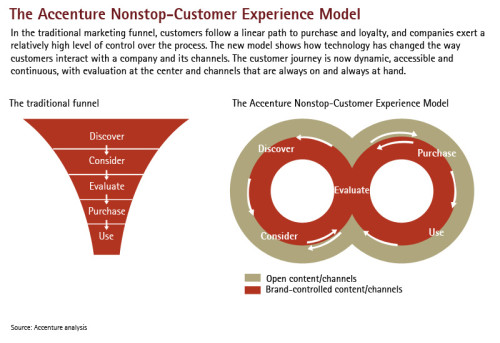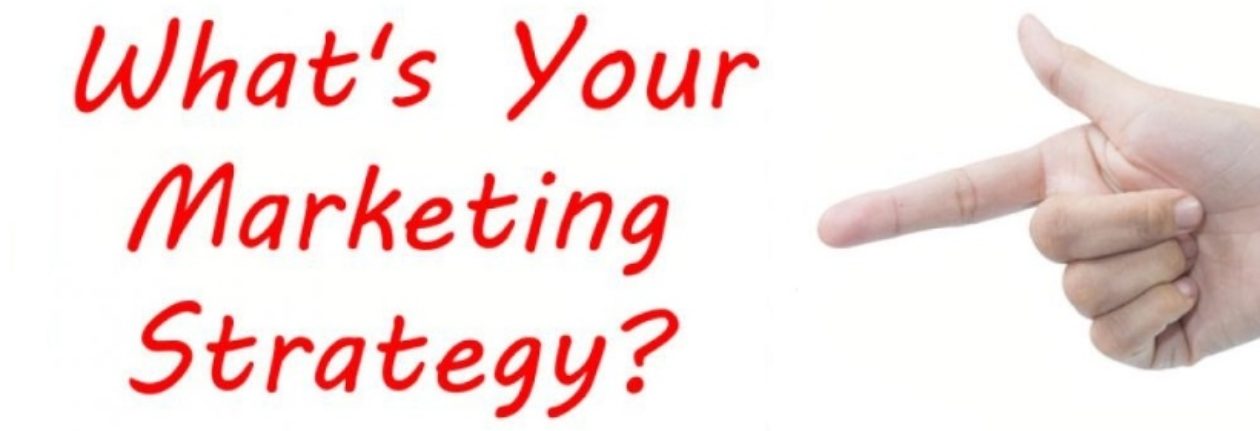“Watch Sales Soar With Your New Customer Experience Strategy”
The peak performance stimulus offer every business should use now…ever lost customers to a competitor and didn’t really understand or know why it happens?
Your customer experience strategy can focus resources and empower your business with more customers and keep them coming back, (repeat buyers) buying over and over again.
More importantly from defecting to your competitors…
The single most important focus is on superior customer experience supported by a crystal clear strategy and transparent performance accountability at every level.
How do you get there?

It starts with a customer experience strategy which drives and defines KPIs (future targets required) to be successful, followed by execution.
What are the key elements of successful customer experience strategy?
Customers have two feelings when buying or considering buying from a particular business. The first is they are the most important one in the relationship.
Tip: Customers purchase if they decide it’s in their interests to buy and only then.
So customers are right to see themselves as important and the way in which they’re handled in context of courtesy, efficiency and appropriateness must reflect this.
Customer experience strategy enables your business to live up to your brand, maximise revenues and reduce costs:

Customer’s today are dealing with more choices and a complex selection of digital
channels and overwhelming daily messages:
- Online
- Offline
- Direct mail
- Television
- Radio
- Social media
- WordPress websites
- Mobile apps
- In-store digital displays
The customer experience strategy can utilise all these media channels which are playing a vital role in the total brand experience.
Your customers have access to all these types of interactivity and content combined with each of these multi-channels, which distribute messages via text, audio and video.
From a brand’s perspective the communication space has become so fragmented and is
evolving so fast that most digital strategies are out of date before they are signed off.
Many businesses trying to deal with this complexity have started to move beyond channel based strategies and towards more multi-channel customer experience strategies.
Customer experience strategy is all about your competitive advantages…
What if you didn’t have any competitors?
Well, there wouldn’t be a need for customer experience strategy.
Even if it’s for the sole purpose of strategic planning which empowers your business to get as effectively as possible a sustainable advantage over your competitors.
Another factor influencing the need for businesses to focus on the entirety of customer experience, from end to end, is it’s reached a point in their development where customer acquisition is not the core measure of success.
Detailed maps of the customers’ end-to-end service experience and analysing cross functionally to understand customer frustration and service complexity allows for customer service transformations.
Outside-in maps track your customer experience lifecycle within every service channel:
- Phone
- Self-service
- Online
- Social media
The map provides a comprehensive picture, as a business scales up acquiring new customers which is key to success, particularly for consumer-facing brands.
As a company matures, and the market they play in becomes more competitive, retention becomes as important – if not more so.
Retaining and understanding current customers is the key to discovering new revenue opportunities and increasing the overall lifetime value of each customer.
This is where customer experience strategy and design becomes vital for the businesses continued growth and success.
While a marketing focused digital strategy is mostly on awareness raising of the customer journey, a customer experience strategy looks at the whole process.
Tip: Customer experience strategy is designed around long term relationships…
As a business leader there are essentially two ideas to get your head around if you are about to start down the path of a customer experience, or customer-centric, strategy.
The first is learning to think like a customer. This is not as easy as it sounds.
For example, your marketing and branding will have set expectations about how they will be treated and what the customer will receive.
From there the customer interacts with your brand in some way.
The result of this interaction is the experience customer. This activity is all about engaging and connecting on an emotion level…
The emotions can range from delighted to angry, which determines how the relationship they have with your brand evolves.
The more you understand your customer journey and reasons why they buy from you, the better you can manage the resulting relationship.
This brings us to the second step that customer experience design needs a process.
The customer experience discussed above is the first step of the strategy.
You want to do deeper discovery, build, test, validate and finally implement.
This is not something you design and push out to market as a finished product. Why? Because you need to be agile.
The end result is all about your customers so they need to be part of the whole process.
Digital technologies and changes in the way we communicate and interact are disrupting many industries, still for each there are also new revenue opportunities.
Your customer experience strategy is a fast way of uncovering untapped revenues, grow revenues and increase loyalty by implementing a customer experience strategy today…
Customer Experience Strategy
